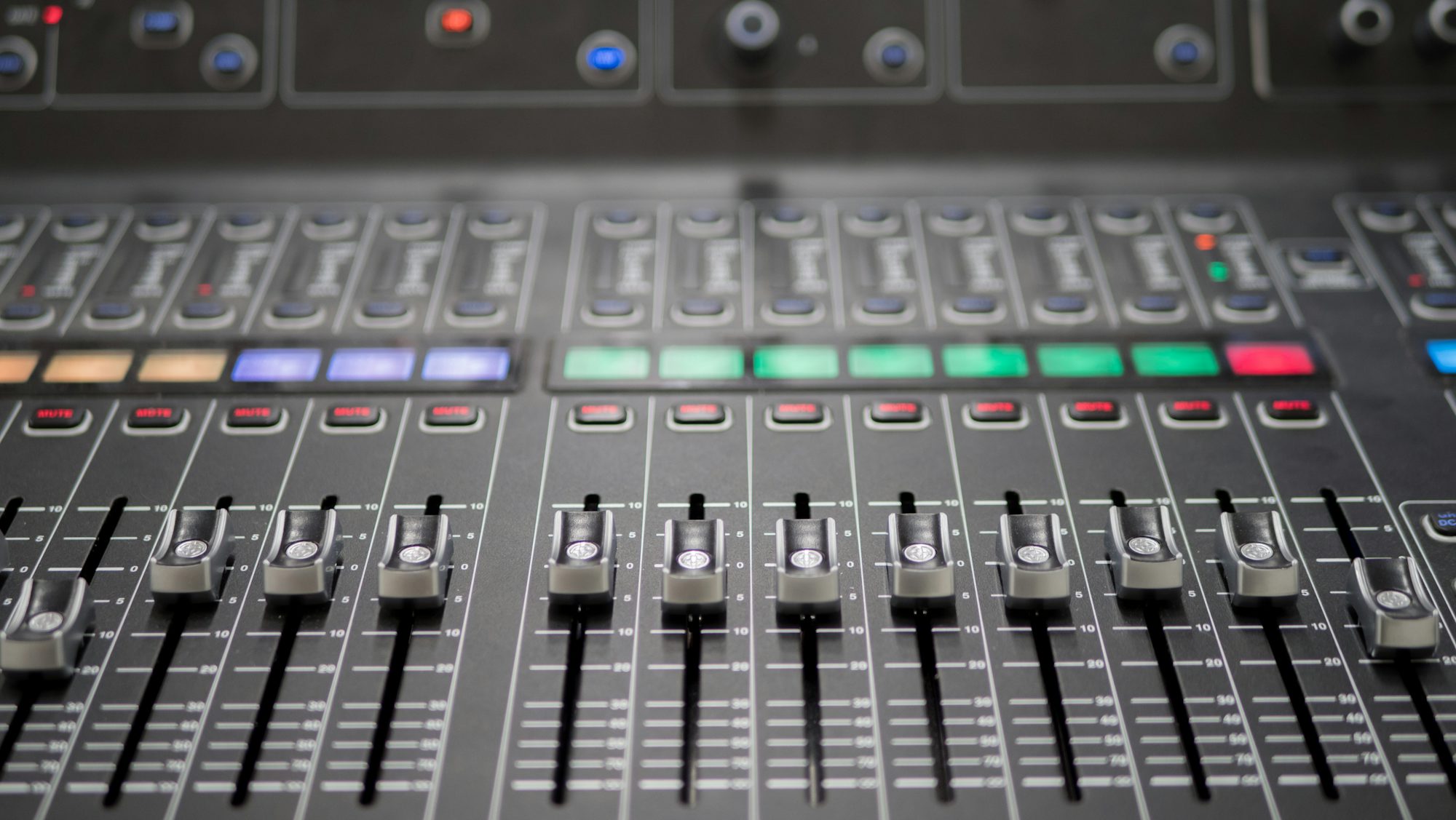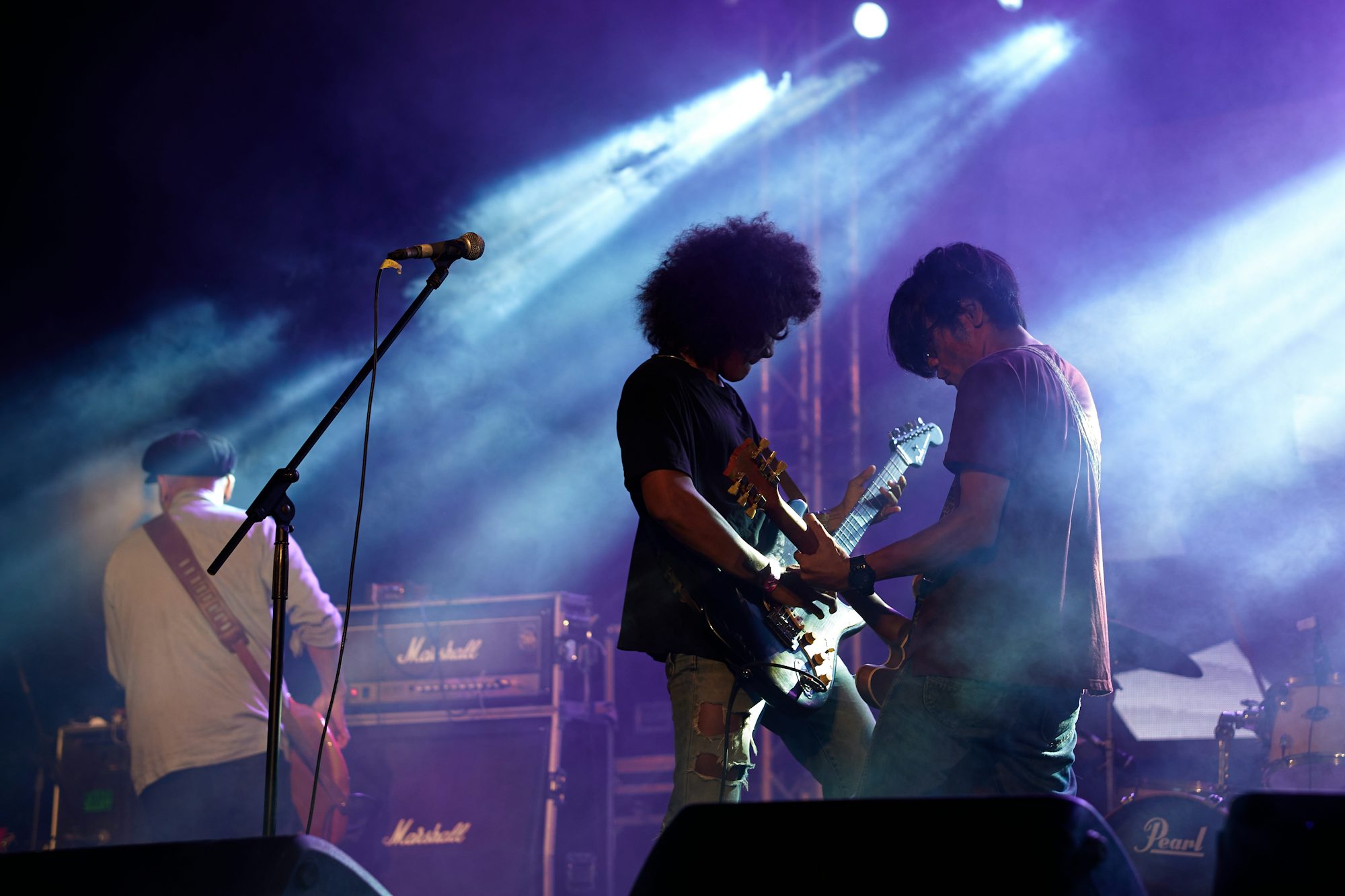The guitar has long been a cornerstone of musical expression, evolving in style and technique through various cultural lenses. From classical compositions to the raw energy of rock, each genre showcases unique approaches that have shaped the guitar’s place in music history. This article examines the evolution of guitar music, focusing on key styles, influential artists, and the innovations that continue to inspire musicians today.
Classical guitar is one of the oldest forms of guitar music, rooted in European traditions. The instrument’s development can be traced back to the Renaissance and Baroque periods, where it gained prominence through the works of composers like Fernando Sor and Francisco Tárrega. Their compositions, including studies, preludes, and sonatas, reveal the guitar’s potential for intricate melody and harmony. Tárrega’s piece “Recuerdos de la Alhambra” exemplifies classical guitar’s lyrical quality, utilizing techniques such as tremolo to create a flowing, almost hypnotic sound. This style not only demands technical skill but also invites deep emotional expression, making classical guitar a revered genre among musicians.
Transitioning from classical to acoustic, the folk traditions of various cultures highlight the guitar’s versatility as a storytelling instrument. In the United States, the acoustic guitar became the voice of social movements during the 1960s. Artists like Bob Dylan and Joan Baez brought attention to pressing social issues through their music, using their acoustic guitars to convey powerful messages. Dylan’s song “The Times They Are a-Changin’” showcases his intricate fingerpicking and poignant lyrics, resonating with audiences and solidifying his role as a cultural icon. Baez, known for her hauntingly beautiful voice and gentle guitar work, further emphasizes the emotional connection that acoustic guitar facilitates between the artist and the audience.
Folk music’s influence paved the way for the singer-songwriter movement, where artists like Joni Mitchell and James Taylor redefined acoustic guitar playing. Their unique styles blend personal narrative with melodic guitar lines, creating songs that feel both intimate and universal. Mitchell’s use of open tunings and rich harmonic structures in tracks like “A Case of You” invites listeners into her world, while Taylor’s warm strumming and heartfelt lyrics in songs like “Fire and Rain” create a sense of solace and understanding. This era showcased the guitar not just as an instrument but as a powerful tool for emotional storytelling.
The electric guitar revolutionized music in the mid-20th century, becoming the driving force behind rock and roll. Pioneers like Chuck Berry and Buddy Holly popularized the electric guitar’s energetic sound, transforming the music landscape. Berry’s iconic riffs, particularly in songs like “Johnny B. Goode,” became anthems of a new generation, showcasing how the electric guitar could convey excitement and rebellion. As rock evolved, so did the techniques employed by guitarists, with legends like Jimi Hendrix and Eric Clapton pushing the boundaries of electric guitar playing. Hendrix’s groundbreaking use of feedback and distortion in tracks like “Foxy Lady” highlighted the guitar’s potential for sonic experimentation, inspiring countless musicians to explore new sounds and styles.
Blues music, deeply intertwined with rock, showcases the guitar’s emotional depth. Artists like B.B. King and Stevie Ray Vaughan have made significant contributions to this genre, utilizing unique techniques that emphasize personal expression. King’s expressive string bending and vibrato create a sound that resonates with listeners, exemplified in his classic song “The Thrill Is Gone.” Vaughan’s blend of blues and rock elements, seen in tracks like “Texas Flood,” showcases his technical prowess and emotional intensity, solidifying his status as a guitar virtuoso. The blues genre serves as a testament to the guitar’s ability to convey raw human emotion, making it a vital part of musical storytelling.
Jazz guitar represents another essential facet of guitar music, emphasizing improvisation and complex harmonies. Pioneers like Django Reinhardt and Wes Montgomery have significantly shaped the jazz guitar landscape, each bringing their own innovations. Reinhardt’s gypsy jazz style, characterized by fast tempos and intricate chord progressions, captivates listeners with its vibrant energy. His famous piece “Minor Swing” demonstrates the improvisational nature of jazz, allowing musicians to express their individuality while paying homage to tradition. Montgomery’s smooth playing and innovative use of octaves in songs like “Bumpin’ on Sunset” have influenced countless jazz guitarists, showcasing the instrument’s versatility within this genre.
In Latin music, the guitar plays a pivotal role in genres like bossa nova and flamenco, each with its distinct cultural roots. Brazilian guitarist João Gilberto is often credited with popularizing bossa nova, a genre that blends samba rhythms with jazz harmonies. His gentle guitar style in songs like “The Girl from Ipanema” epitomizes the smooth, laid-back feel of bossa nova, making it a staple in both jazz and world music repertoires. Conversely, flamenco guitar, with its intricate fingerpicking and percussive elements, showcases the passionate spirit of Spanish culture. Guitarists like Paco de Lucía have brought flamenco to international acclaim, infusing traditional techniques with modern influences to create a sound that is both authentic and innovative. De Lucía’s performance of “Entre Dos Aguas” is a testament to the emotional power and technical prowess required in flamenco guitar playing.
Contemporary fingerstyle guitar has gained popularity in recent years, with artists like Tommy Emmanuel and Andy McKee demonstrating the instrument’s capabilities as a solo performer. Emmanuel’s dynamic performances incorporate percussive techniques and harmonics, transforming the guitar into a full-band experience. His arrangement of “Classical Gas” showcases his incredible skill and creativity, captivating audiences around the world. Similarly, McKee’s compositions, such as “Drifting,” highlight the emotional depth and complexity of fingerstyle guitar, utilizing innovative techniques to create lush soundscapes that resonate with listeners.
The landscape of guitar music also includes experimental approaches, with artists seeking to redefine traditional sounds. Bands like Radiohead and Sonic Youth have challenged the norms of guitar playing, incorporating effects and unconventional tunings to create unique sonic experiences. This exploration of sound allows musicians to break free from traditional constraints, inviting listeners into new realms of creativity and innovation.
Throughout the decades, the guitar has remained an essential instrument in music, adapting to the evolving landscape while retaining its emotional and expressive capabilities. Each genre explored in this article showcases how the guitar serves as a powerful medium for self-expression and cultural reflection. From classical to contemporary, the instrument continues to inspire musicians and captivate audiences, proving its timeless appeal.
In conclusion, the evolution of guitar music is a rich tapestry woven from various styles, techniques, and cultural influences. From the intricate melodies of classical guitar to the vibrant rhythms of flamenco, and the electrifying energy of rock, the guitar remains a beloved instrument that continues to inspire creativity and innovation. As new generations of musicians emerge, the legacy of this versatile instrument will undoubtedly thrive, inviting all to explore its endless possibilities and the stories it can tell.


